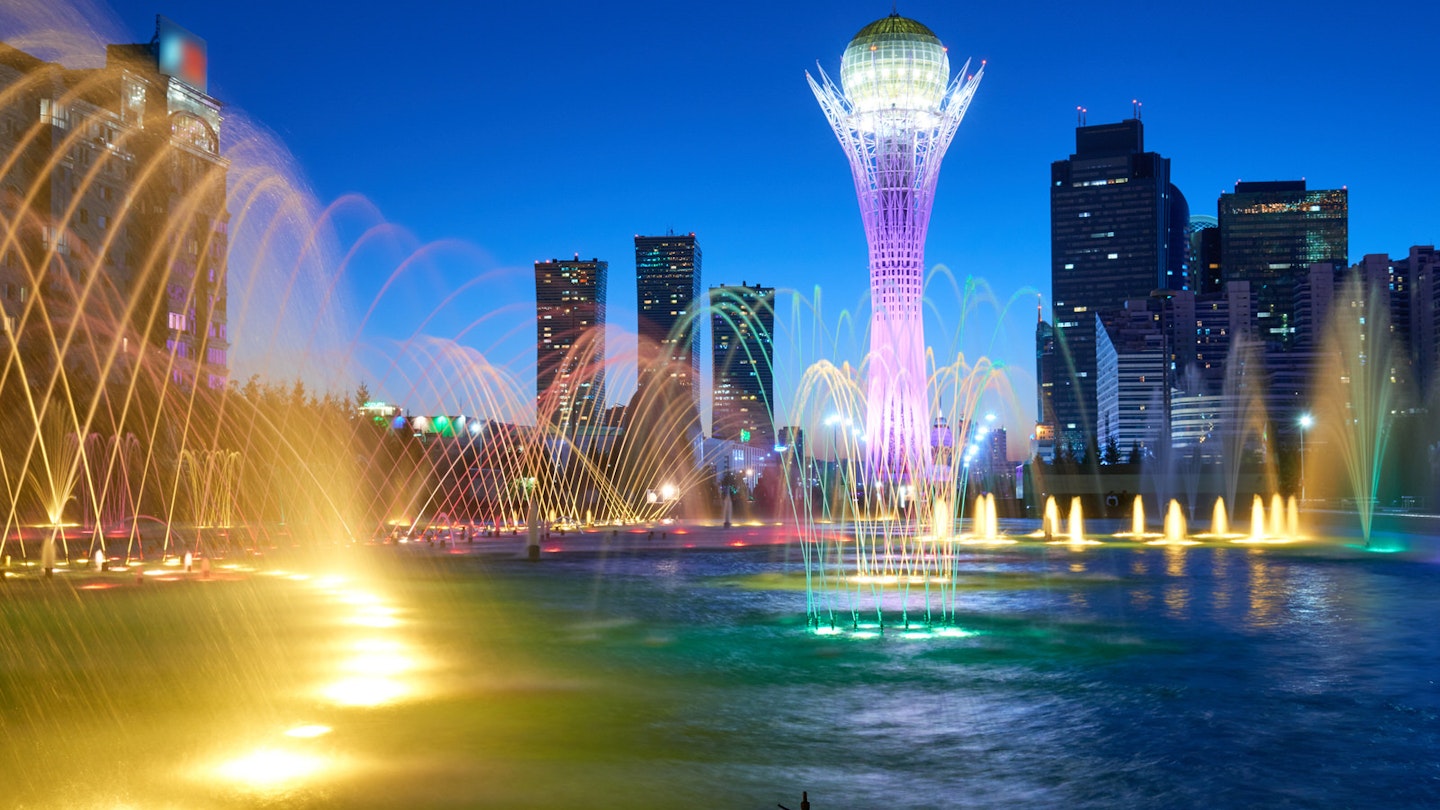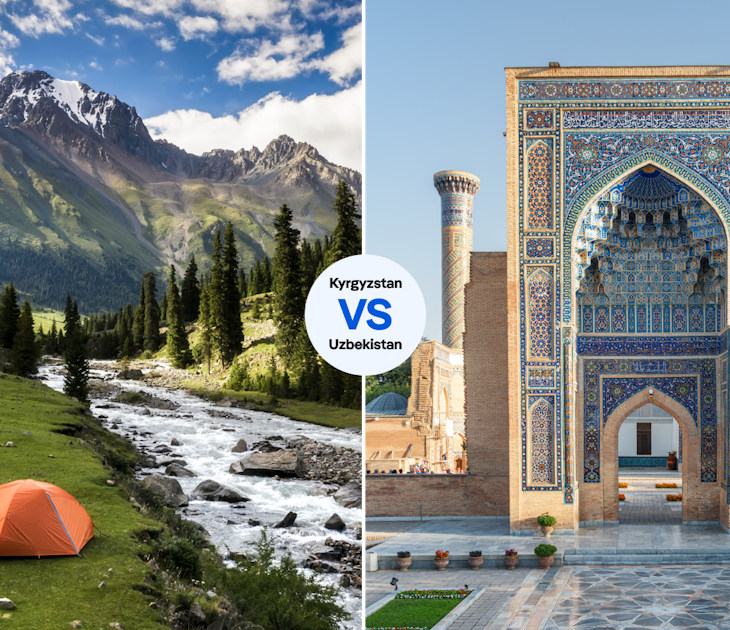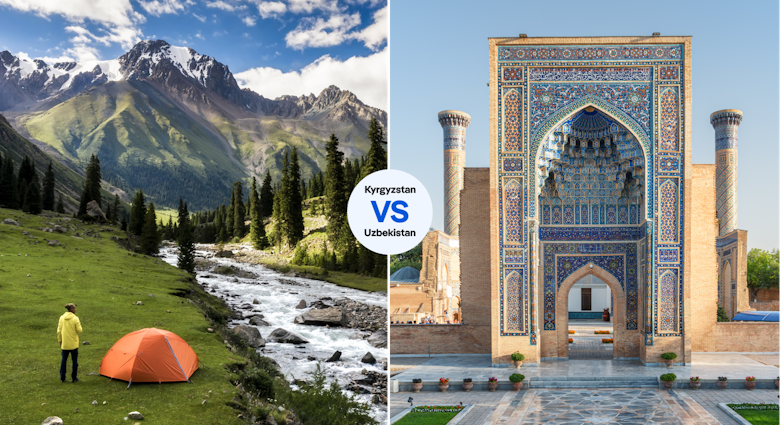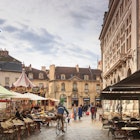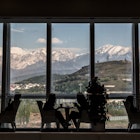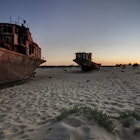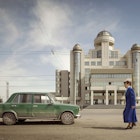Among Kazakhstan’s endless grasslands on the windswept northern steppes, the forward-looking modern city of Astana has sprouted. With a skyline punctuated by gleaming new skyscrapers that seem to defy the laws of physics, the capital is an eye-catching showcase of international, 21st-century architecture and a glimpse into a city of the future.
After the collapse of the Soviet Union, the depressed agricultural town of Tselinograd was completely revamped and renamed Astana when President Nazarbayev unexpectedly named it Kazakhstan’s future capital in 1994. The transformation from small town to world-class capital has continued since Astana officially took on the job title in late 1997 and was renamed from Akmola to Astana in 1998. This ever-growing city – host to the Expo 2017 world fair – offers a glimpse into a town of tomorrow.
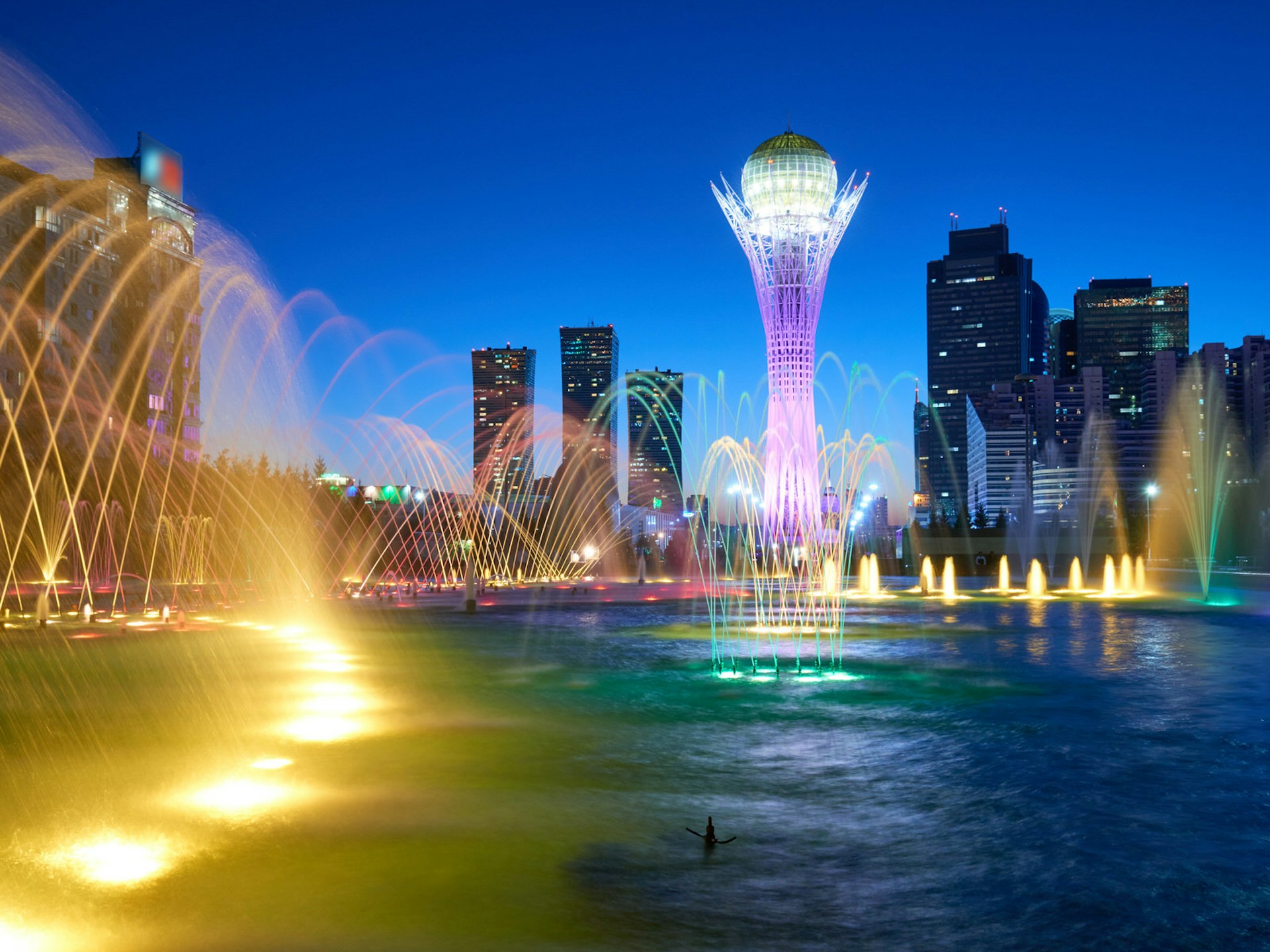
Home to the world’s fair at Expo 2017
Astana’s profile got an international lift when the city hosted Expo 2017 (expo2017astana.com), kicking off on 10 June 2017. Despite Kazakhstan's oil-reliant economy, the Expo’s theme was ‘Future Energy’, with energy companies, NGOs and the general public debating how to have safe and sustainable access to energy while reducing emissions. The Expo site, well connected to central Astana, was designed to be self-sufficient in energy and during the Expo, displayed the 17 best sustainable energy-generating projects from around the world. Some 3.8 million visitors attended the fair, with 101 countries taking part. After the event ended, the Expo grounds and pavilion spaces were transformed into spaces for organisations dedicated to education and research, well as venues for commercial use by companies and startups.
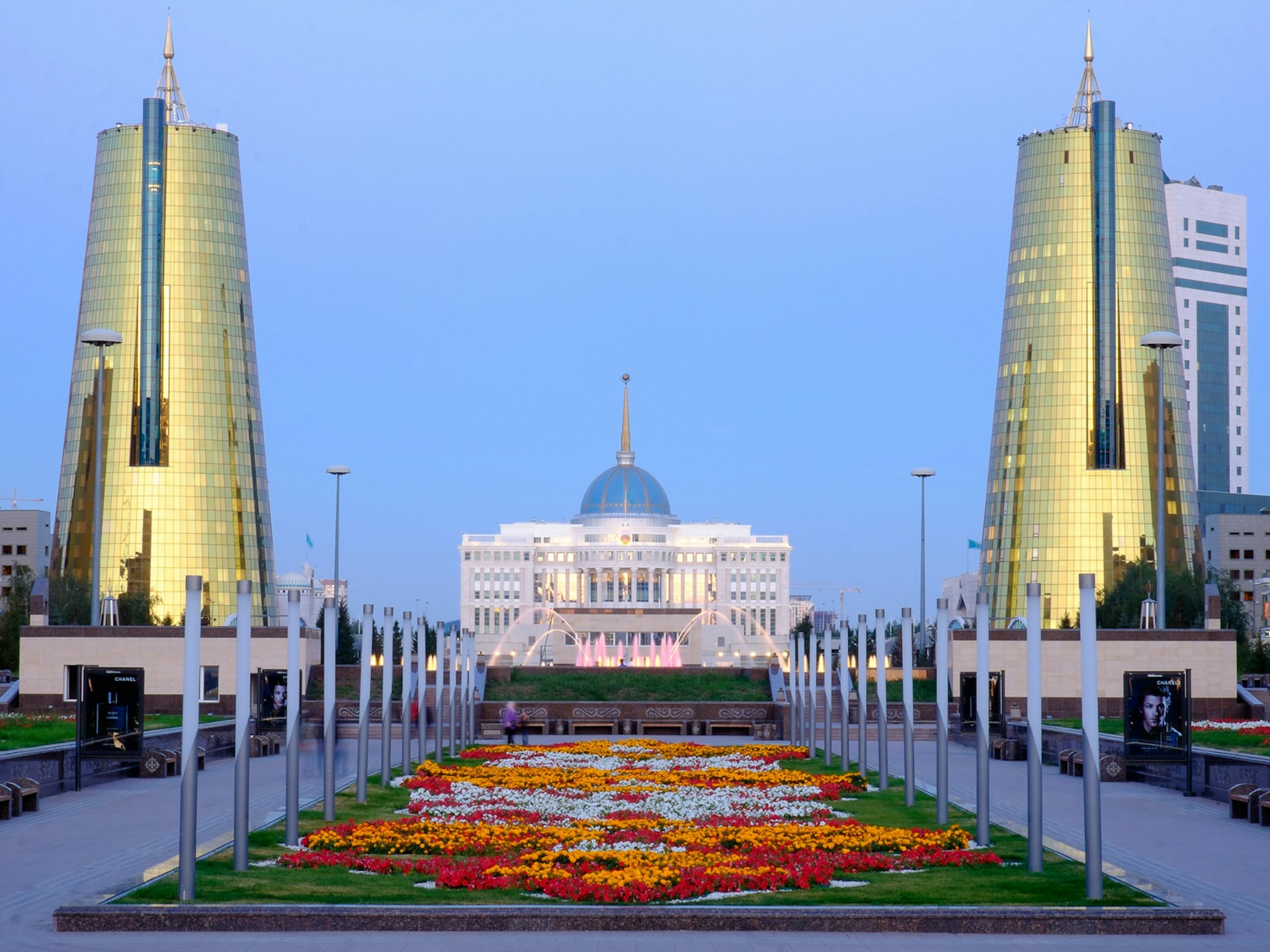
Spy futuristic architecture on Nurzhol Bulvar
Stroll Nurzhol Bulvar to spot Astana’s most striking contemporary constructions. The architecture-exhibition boulevard runs between the impressive Ak Orda – the imposing, palatial building where the president works – and Khan Shatyr, a wacky off-centre tent-like structure and one of Astana’s most incredible buildings. The centrepiece of Nurzhol Bulvar is the 97m-tall Bayterek Monument, a white-latticed tower topped with a golden egg, a tribute to a Kazakh legend. A lift whisks visitors to the top for unforgettable views of the city and buildings with clever local nicknames, such as the two gold conical ‘beer cans’ near Ak Orda, the blue-green rippling ‘Northern Lights’ skyscrapers, and the gleaming copper ‘cigarette lighter’ that houses the Transport and Communications Ministry.
Across the Ishim River, the bold glass-and-steel pyramid of the Palace of Peace & Accord was designed by Norman Foster as a place of harmony where leaders of various religions could meet for the triennial Congress of World and Traditional Religions. A guided tour of the building takes in the basement opera hall, the striking atrium, the diagonally rising lifts, the hanging gardens and the light-filled tip of the pyramid with stained-glass doves courtesy of British artist Brian Clarke.
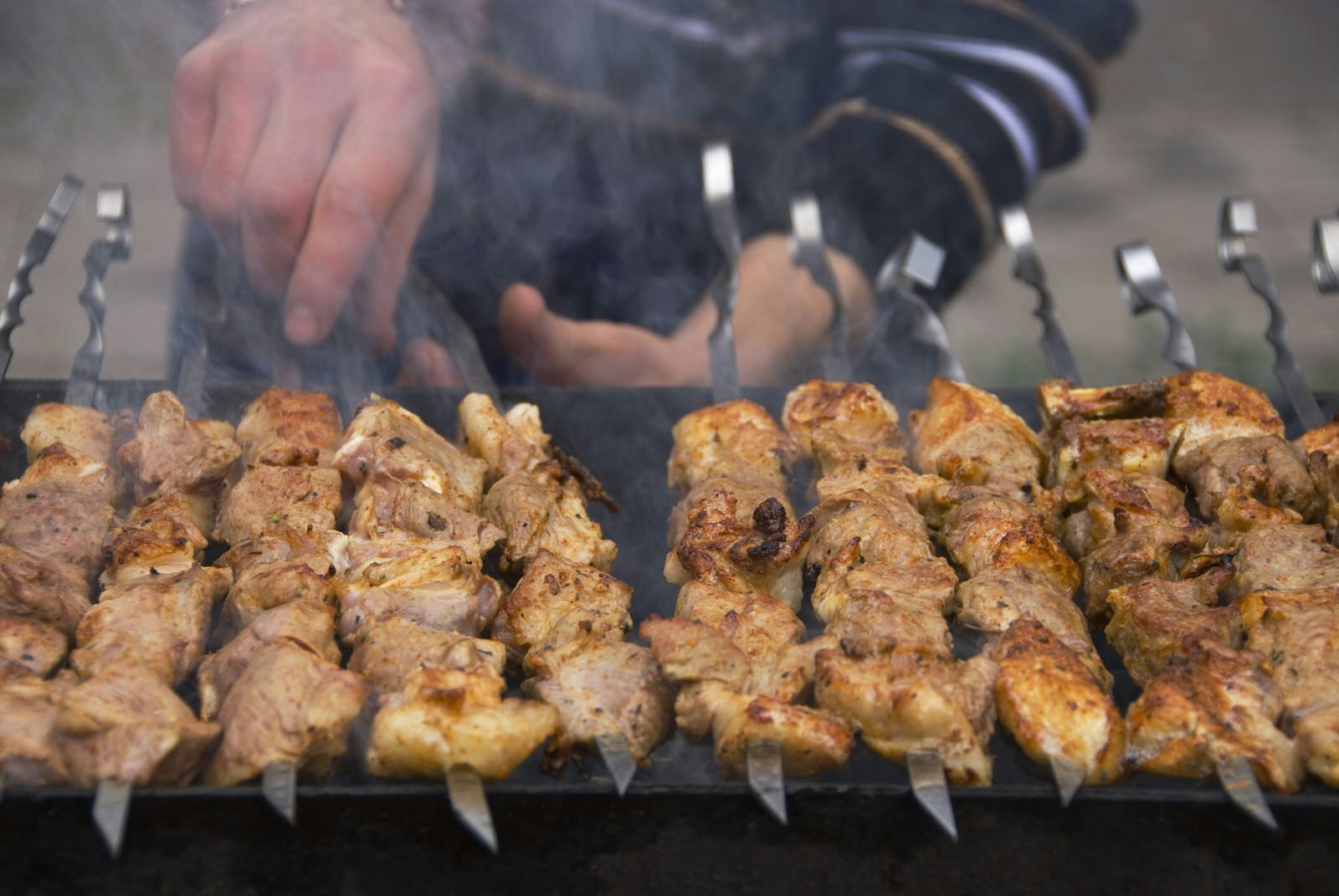
Eat like a local
Like any capital city worth its salt, Astana’s dining scene is varied and expanding fast. Culinary offerings range from comfort Kazakh food at the likes of Epoch (a kitschy Soviet restaurant at 9 Valikhanov St) and Vechnoye Nebo (vechnoenebo.kz) to excellent shashlik (skewered meat) and own brew at the Line Brew microbrewery. International cuisines are also well represented: authentic Indian at Fusion Guru (thefusionguru.com), excellent sushi at Izumi Tay (facebook.com/izumi.astana), spicy Korean at Korean House (korean-house.kz) and fragrant Georgian at Daredzhani (Qabanbay Batyr Ave 34).
Listen to traditional music
Astana may be a modern city, but it’s still possible to hear the sounds of the dombra (a two-stringed, long-necked Turkic lute) and the kobyz (an ancient, fiddle-like string instrument) at folk music concerts. The most prestigious venue for these concerts is the Central Concert Hall, a curvy, flower-like structure designed by Italian architect Manfredi Nicoletti.
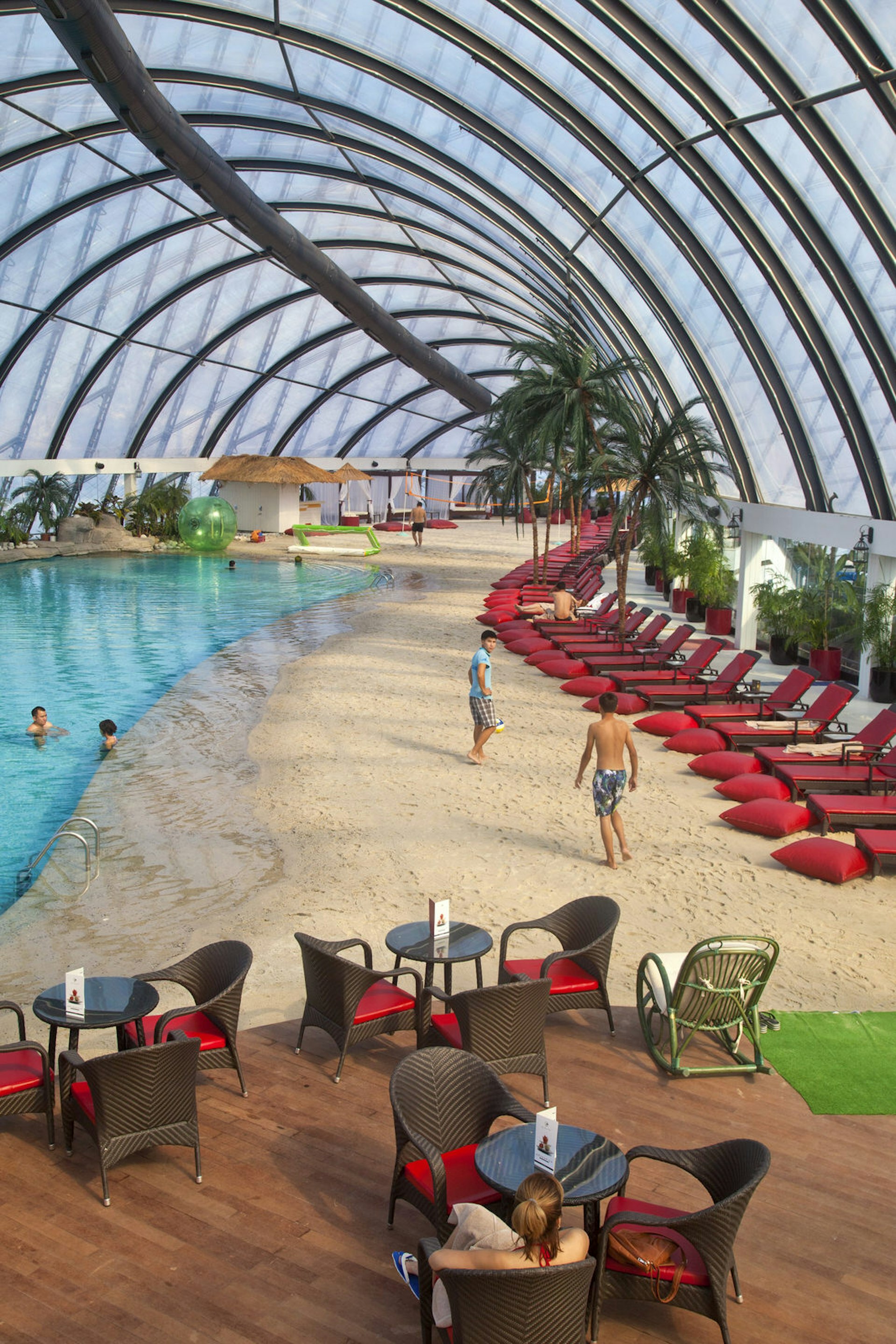
Hit the beach, indoors
The 150m-high, translucent Khan Shatyr is one of Astana’s most remarkable buildings. Designed by Norman Foster, it’s the largest marquee in the world. The structure is made of ethylene tetrafluoroethylene, a heat-absorbing material that keeps the temperature inside the marquee-cum-shopping-centre a balmy 20+ degrees, a tropical oasis in the depths of winter. In addition to shops spread across multiple floors, the Khan Shatyr features a monorail and rides for kids, and the top floor has been turned into the exclusive Sky Beach Club, which has a sandy beach, swimming pool, palm trees, water slides and more – particularly nice when winter temperatures plunge into the negatives.
Get a room for any price
Thirty-five new hotels opened in Astana in the lead up to Expo 2017, and there are rooms for all budgets, from the 5-star Radisson, St Regis Astana (stregisastanaresidences.com) and Beijing Palace Soluxe (soluxe-astana.kz) to bona fide hostels such as Nomad Hostel and Apple Hostel, and a whole slew of mid-range hotels, such as Boutique Hotel Tomiriz at Kurgaldzhinskoye Hwy 9 and Tengri Hotel (tengri-hotel.hoteleastana.com).

Uncover history in a world-class museum
The giant National Museum of the Republic of Kazakhstan is a remarkable collection of all things Kazakhstani. The entrance hall is magnificent, with a soaring golden eagle under the Kazakh sun, and exhibits run the gamut from archaeology and pre-history to WWII, the Gulags and contemporary Kazakh art. The Hall of Gold showcases the treasures unearthed from the many burial mounds scattered around the country, while the Hall of Ethnography delves into the nomadic way of life.
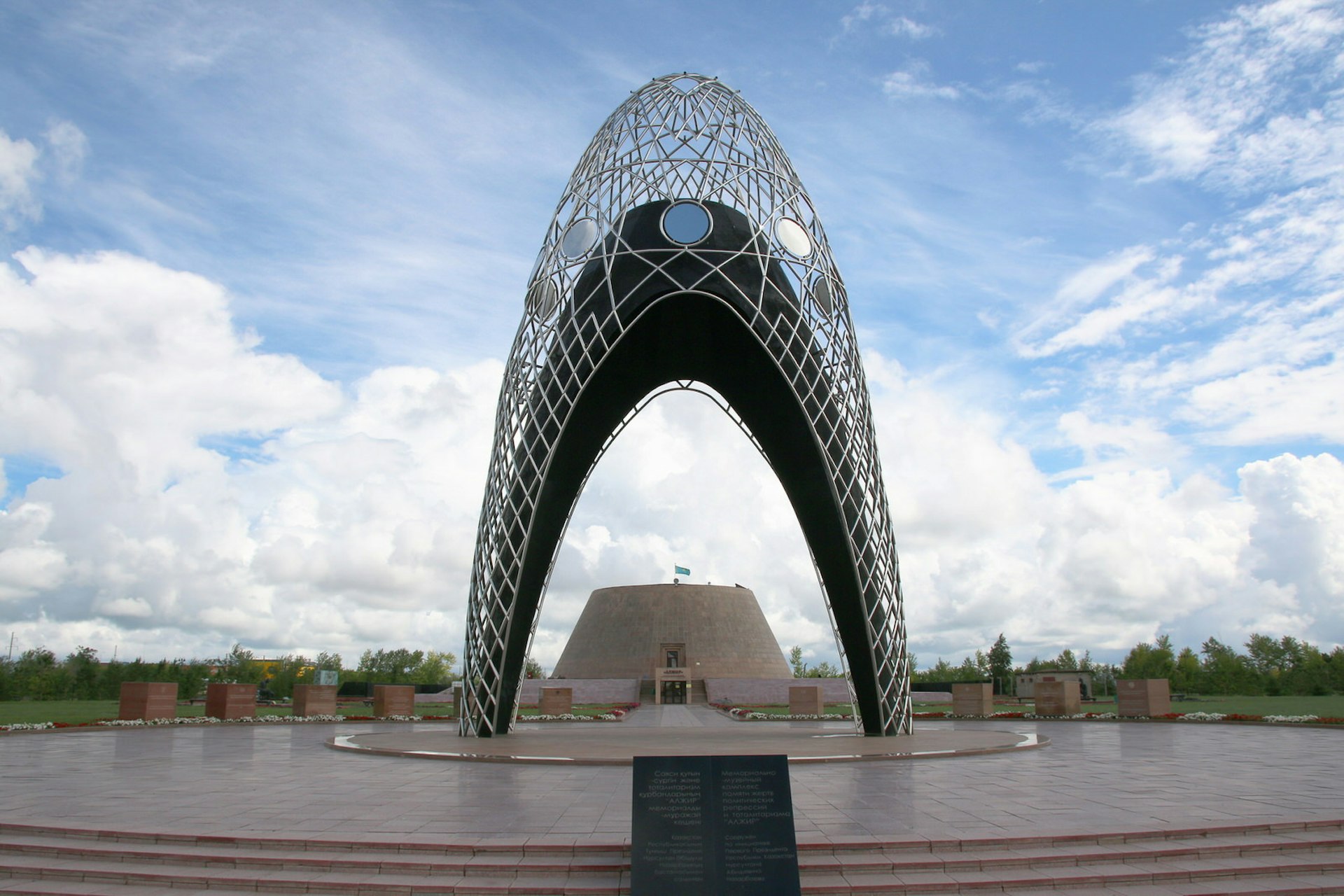
Remember the Soviet past
The area around Astana has a sombre history. During Stalin’s reign, the village of Malinovka, 35km west of Astana, was home to ALZhIR, an internment camp for the wives and children of the ‘enemies of the people’. The Museum-Memorial Complex honours the victims of Soviet political repression with numerous displays on the Gulag system in Kazakhstan. Tour companies in Astana can arrange day tours. In Astana itself, you can spot wonderful Soviet-era mosaics of the working class on the old train station building. Several blocks from the old train station, you can see a decrepit grain silo, dating back to the ill-fated Virgin Lands project pushed by Nikita Khrushchev in the 1950s.
Make it happen
Many travellers are surprised at how easy it is to reach Astana. Kazakhstan’s national airline, Air Astana, operates non-stop flights to the capital from major cities in Europe and Asia, as well as from other destinations in Central Asia and the Caucasus. Travellers from 45 countries, including the European Union, the United States, Canada and Australia, can travel in Kazakhstan visa-free for up to 30 days after the rules were relaxed in January 2017.
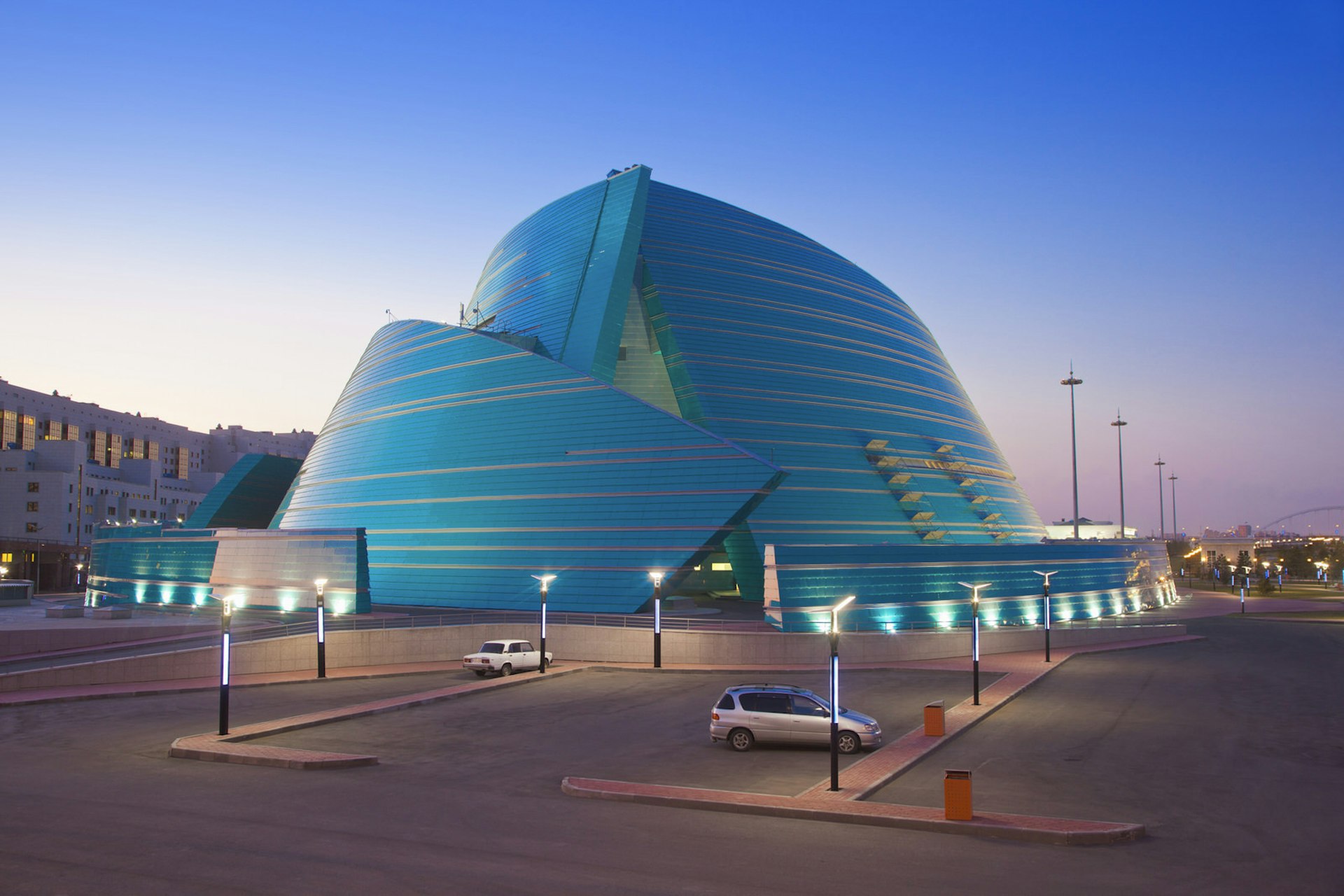
Astana is easy to get around with a network of new buses and a handy smartphone app called Astana Bus Free. Eco taxis can be summoned with the EcoTaxi app (ecotaxi.kz) and paid for with credit cards. A light rail network is scheduled to be finished in 2018. Astana is already well connected to other parts of Kazakhstan by train and by plane, with a new railway station opened in June 2017, doubling the city's annual railway passengers. A new airport terminal opened the same month more than doubling the city's air passenger capacity, along with two new long-distance bus stations.
This article was originally published in May 2017 and updated in June 2018.
